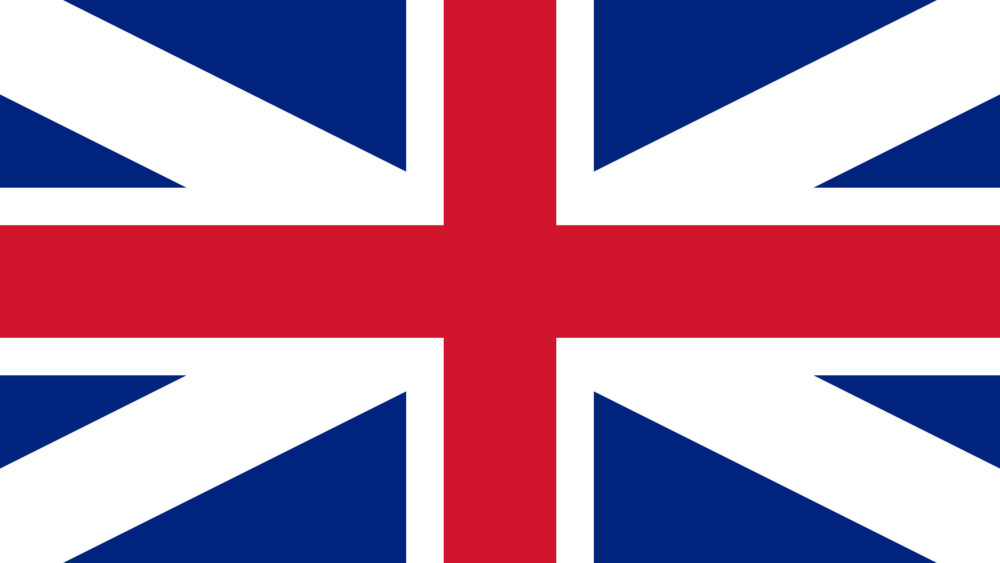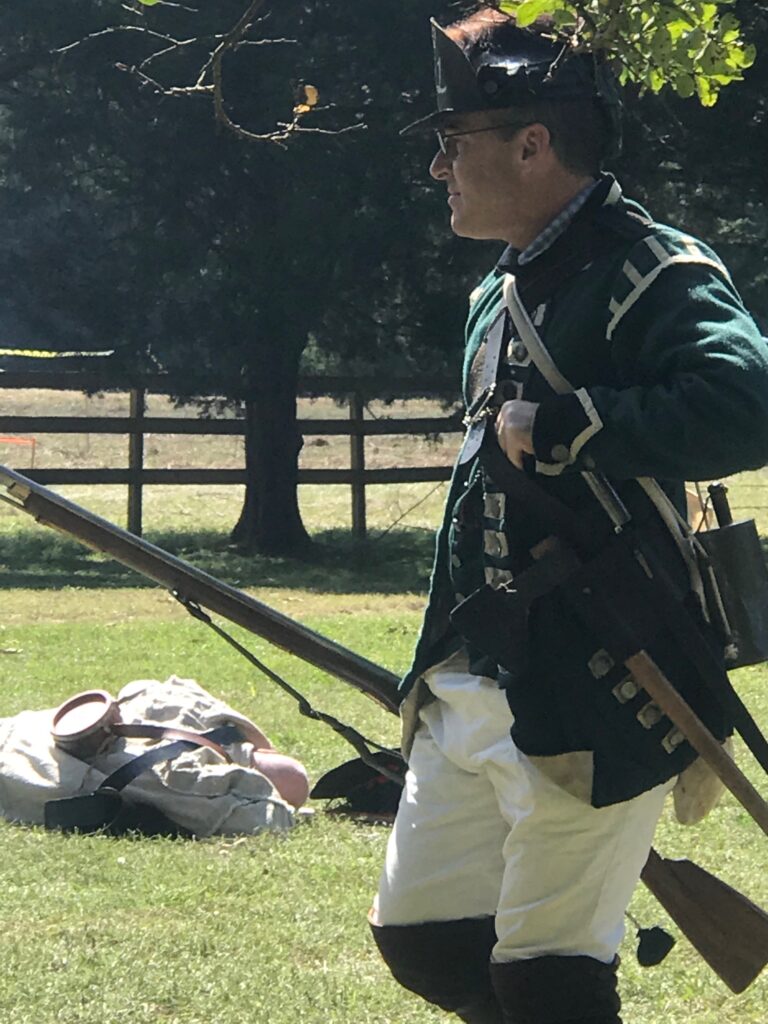(EDITOR’S NOTE: Yes, this is the Vietnam Exhibit blog, but we also like to tell you about other interesting things going on at the museum, and this certainly fits in that category.)
COLUMBIA, S.C. – The American Revolution is among historian Anthony Scotti’s areas of study. “I’m also a re-enactor,” he says. That’s not a surprise, but this might be: “I’m a Loyalist.”
At one re-enactment in which he participated, a woman came up to tell him what she thought of him. “She called me a fascist communist.” That combination of terms may seem confusing, but that’s beside the point. Obviously, she wanted to communicate that in her eyes, he was something bad for failing to be a Patriot.
Which is not an unusual opinion, in America in the 21st century. But in the colonies of the 18th, things weren’t so clear-cut. Scotti will talk about that in a free lecture at the South Carolina Confederate Relic Room and Military Museum at noon on Friday, April 28. The lecture, “Military Structure of the South Carolina Loyalist Forces in 1780-81,” is part of the museum’s monthly Lunch and Learn program.
“What you see in society today is a disdain for Loyalists,” he says, and another word used to describe them is “traitors.” But whatever you think of them, they played a huge role in the war in South Carolina during he period he will be talking about, from the Siege of Charleston to the Battle of Eutaw Springs.
South Carolina was the setting for more Revolutionary battles than any other state in the new country. During the period in question, historians count 19 major engagements – and in 16 of them, Loyalists made up either half or 100 percent of the British force.
There were 26 Loyalist units at the time in South Carolina. They were by no means all South Carolinians, a large proportion having come here from other colonies to fight for King and country – the old country, that is.
They can’t be simply categorized. There were people who held royal public office, of course, and others were Anglican clergy. Almost a fifth of white South Carolinians stayed loyal to the Crown, but many were African-Americans flocking to the British promise of freedom, or Indians.
Some were simply “People who believed in the rule of law,” and saw the Crown as the legitimate source of legal authority. In other words, “They fought for something they believed in as well.” After all, more people had signed the Declaration of Dependence in New York in November 1776 than had signed the one declaring Independence several months earlier in Philadelphia.
What did the British think about Loyalist troops? That depended. Gen. Francis Rawdon-Hastings had complimentary things to say about the provincial regiments, which were paid and more importantly trained by the Crown, and wore the red uniform. The local Loyalist militias, however – poorly equipped and not trained well – were considered unreliable.
Come learn more about them on April 28, and decide what you think.
Anthony Scotti teaches on the Beltline campus of Midlands Technical College. His courses cover more than just the Revolution. They include overall U.S. history, western civ, Latin American, U.S. military, and other areas. He earned his doctorate in history from the University of South Carolina.




Comments are closed.